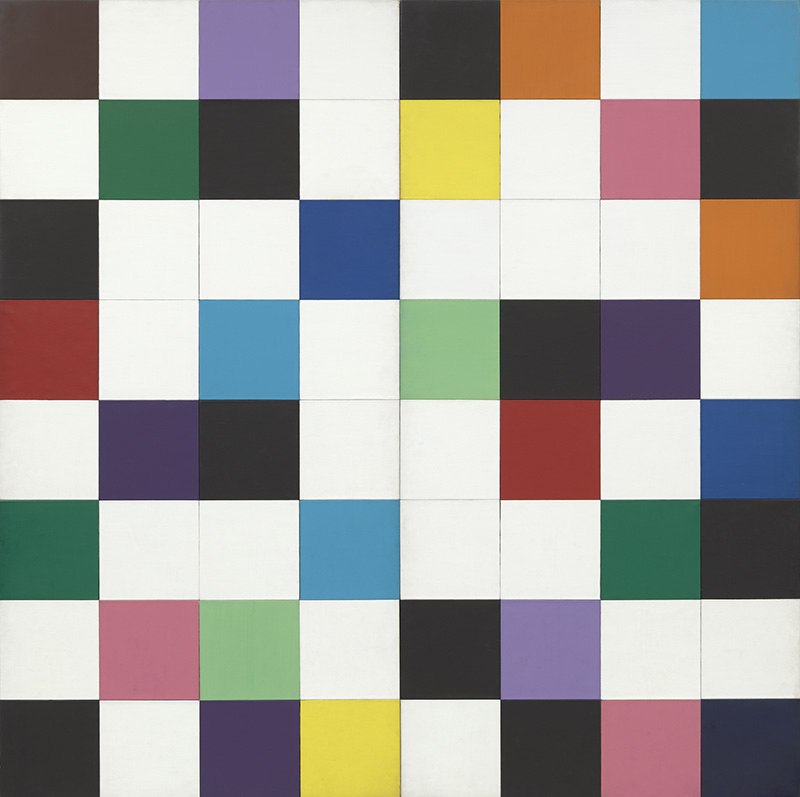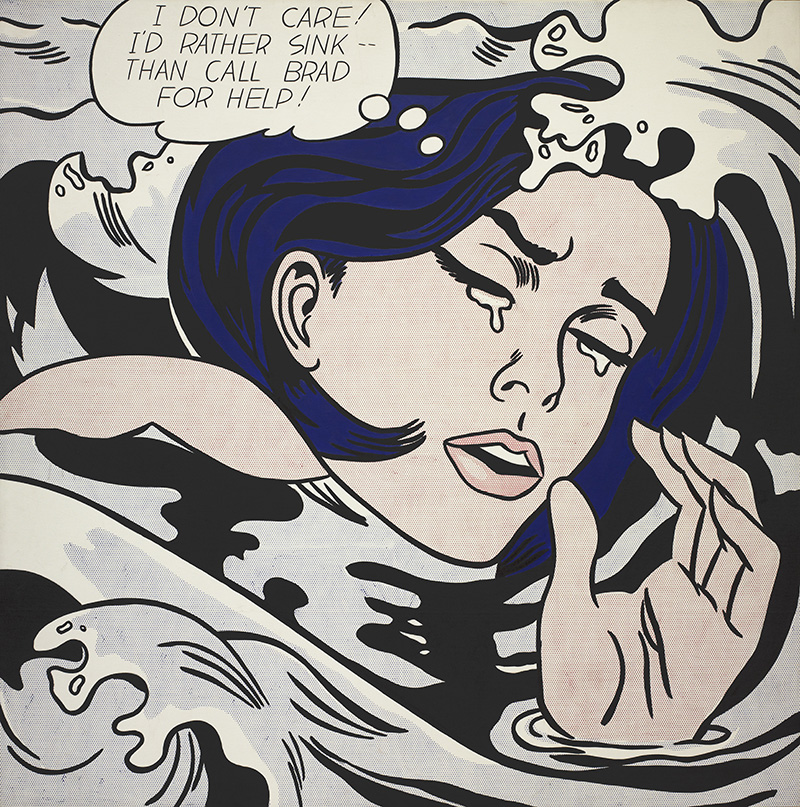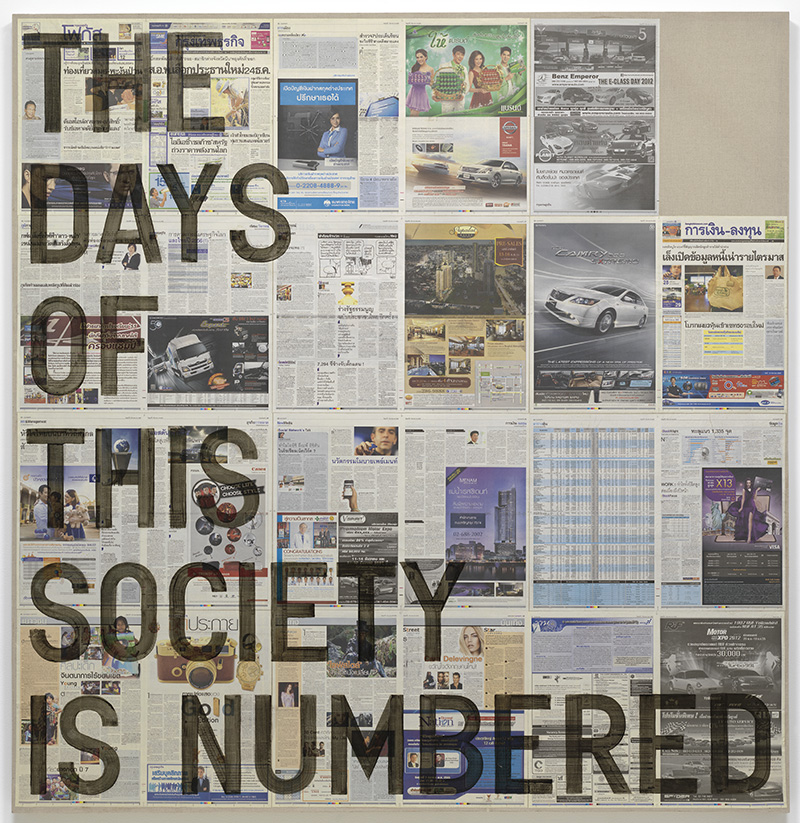ART-PRESENTATION: Being Modern-MoMA in Paris
 Since its founding on 7/111929, in New York, The Museum of Modern Art (MoMA) has become a major institution, to the point where it is now identified, almost mythically, with the birth and advent of modern art. From an initial gift of eight prints and one drawing, MoMA’s Collection has grown to 200,000 artworks, architectural models and drawings, design objects, and films. MoMA also owns approximately two million film stills.
Since its founding on 7/111929, in New York, The Museum of Modern Art (MoMA) has become a major institution, to the point where it is now identified, almost mythically, with the birth and advent of modern art. From an initial gift of eight prints and one drawing, MoMA’s Collection has grown to 200,000 artworks, architectural models and drawings, design objects, and films. MoMA also owns approximately two million film stills.
By Dimitris Lempesis
Photo: Fondation Louis Vuitton Archive
The exhibition “Being Modern: MoMA in Paris”, draws together 200 artworks from all six of the MoMA’s curatorial departments, reflecting the history of the institution and the choices it had made in building its Collection since its founding in 1929. The exhibition responds to two objectives: to show a significant body of MoMA’s Collection in Paris, and to evoke the more fluid and interdisciplinary installations that visitors to MoMA will encounter following the completion of the expansion and renovation project. The exhibition unfolds across all the spaces of Fondation Louis Vuitton, it opens with a room evoking the original MoMA, in the early 1930s, and ends with a selection of the Museum’s most recent acquisitions that exemplify the increasing porosity and resonant crossovers between them. Some of the works are shown in France for the first time are: Constantin Brancusi’s “Bird in Space” (1928), Andy Warhol’s “Campbell’s Soup Cans” (1962), “144 Lead Square” (1969) by Carl Andre, “Patchwork Quilt” (1970) by Romare Bearden, Philip Guston’s “Tomb” (1978), “Untitled (You Invest in the Divinity of the Masterpiece” (1982) by Barbara Kruger, “USA Today” (1990), by Félix Gonzalez-Torres and “Untitled” (1990) by Christopher Wool. A selection of rarely shown materials from MoMA’s archives, retracing the history of the Museum,is also incorporated into the exhibition. In galleries 1 and 2, the first room assembles works such as Cézanne’s “The Bather” and Picasso’s “The Studio”, alongside photographs by Walker Evans, films by Edwin Middleton and several utilitarian, machine-made objects. The second room presents various European modernist movements such as Post-Impressionism, Futurism, Dadaism Surrealism, Abstraction and leading figures of the 20th Century. The MoMA’s turn towards Central Europe emerges with Klimt’s canvas “Hope 2”, and the conflicts of the 1930s are evoked through Max Beckmann’s triptych, “Departure”. Films, photographs and graphic works reflect the multidisciplinary nature of the collections. On the ground floor, “Wall Drawing #260” (1975), by Sol LeWitt introduces visitors to two new aesthetics that emerged in the 1960s. On the one hand, the Geometric and Minimalist Abstraction of Ellsworth Kelly, Frank Stella and Carl Andre can be found here, juxtaposing with the modern architecture of Mies van der Rohe. On the other hand, works of Pop Art based on serial and repetitive principles and inspired by popular media cultures are also found here, with: Andy Warhol , Roy Lichtenstein and Romare Bearden among others. On the first floor, galleries 5 and 6 open onto new expressions developed from the mid-1960s onwards, relating to the body and identity. Classic forms are revisited, such as painting and sculpture. The works are radically transformed by the contributions of installation, action and performance, while new techniques, such as video and light-boxes reformulate creative processes. Cindy Sherman is present with the complete “Untitled Film Stills” series comprised of 70 photographs expressing arrangements of her multiple identities. On the second floor a collection of contemporary artworks from all over the world is shown, most of which have been acquired by the MoMA over the past two years. The works reflect contemporary issues around form, technology and identity. Lele Saveri’s community oriented, a major video installation by Ian Cheng infinitely reinvents itself, through a self-generating computer programme. The exhibition ends on a sound work by Janet Cardiff, Forty-Part Motet (2001), whose specific installation was devised in relation to Frank Gehry’s architecture.
Info: Fondation Louis Vuitton, 8 avenue du Mahatma Gandhi, Bois de Boulogne, Paris, Duration: 11/11/17-5/3/18, Days & Hours: Mon, Wed-Thu 11:00-20:00, Fri 11:00-21:00, Sat-Sun 9:00-21:00, www.fondationlouisvuitton.fr






